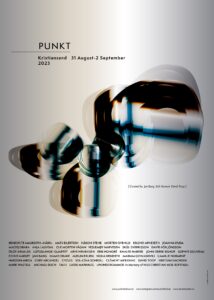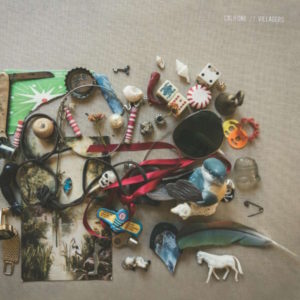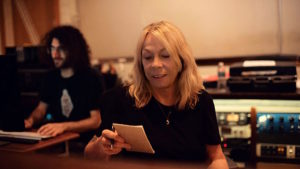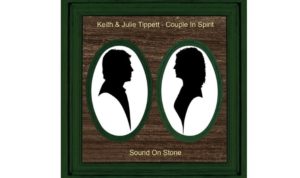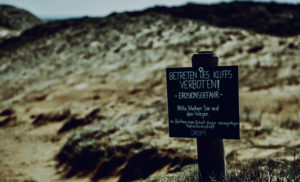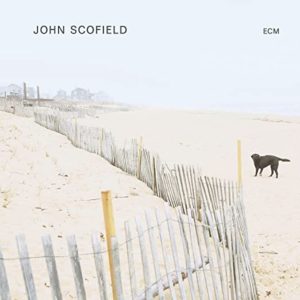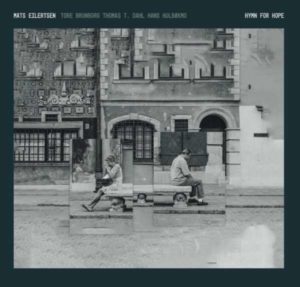Jan Bang & Eivind Aarset (from Last Two Inches Of Sky)
Dudu Tassa and Jonny Greenwood
Old And New Dreams (ECM)
Rickie Lee Jones: Pieces of Treasure
Dedalus Ensemble plays Eno
Josephine Foster: Domestic Sphere (haunted house, 4‘41)
Matthew Herbert: The Horse (the horse remembers, 2‘57)
PJ Harvey: I Inside The Old Year Dying
Craven Faults: Standers
The last four tracks of this nine-tracks sequence seem close to perfect to my understanding. All four inhabit a special surrounding: old (ghosty) home, the territory of animals (running eternities), childhood in a village, a barely populated landscape. There‘s a down-to-earth (earthbound) connection between all of them. A classical ensemble playing Eno classics from the ambient field is at the centre (not striving for attention per se), thinking music, a place to rest. Wouldn’t Music For Airports be an ideal choice for nine compositions sending you places? The first four pieces may not convince on first sight, running order-wise. Well, not too tricky to link two „duos“ with their inherent modus operandi of crossing borders (in quite inventive ways) – the two „jazz“ albums to follow cover strange corners with a similar intensity. No doubt, „mainstream“ turns into existenzial matters (RLJ), and nature‘s call on „Old And New Dreams“ is as deep as it is irresistible. By the way, Manfred Eicher produced the „dream team“ in 1979, and the famous debut of „the duchess of Coolsville“ was released when? In 1979. I remember Werner Burkhard’s fine text on the album in Süddeutsche Zeitung back then, (I was reading it in old café in Würzburg). Other great albums of that year blocking my record-player: Drums and Wires by XTC, 154 by Wire, Fear of Music by Talking Heads. Ursula Mayr and I were already talking films in those days.
Jan Bang‘s musical 1969 memories: „The boat woman song» by Czukay is just absolutely stunning. I belive it was created at night at Stockhausen’s studio In Cologne. I´ve traced down the original Vietnamese recording which in itself is a beautiful album. Other examples from that year that I particularly enjoy: Scott Walker «its raining today», Joni Mitchell «both sides now», Nick Drake «river man», Velvet Underground «sweet Jane», Crosby, Stills & Nash «you don’t have to cry», Hariprasad Chaurasia «raga bhoopaly», Mulatu Astatke «yeglie tezeta», Bridgeet St. Johns «autumn lullaby», White Noise «world without sound» and the incredible sound design and the laughing girl. The Temptations «cloud nine», Gal Costa «nay identificada» (especially the lovely ambiguous intro that was made by a classical contemporary composer that I forgot the name of)? Also worth mentioning from that year are Oz Brazoes «Carolina, Carol bela», Fairport Convention «who knows where the time goes», the Band «Whispering Pine», Marva Whitney «unwind yourself», Roberta Flack «first time I ever saw your face» and Jon’s friend Terry Riley and his beautiful Rainbow in curved air piece. Best from the summer heat at Punkt studios. Jan.
Hello, Jan, have a look at this playlist of Klanghorizonte in July. Finding the final sequence is always quite a challenge, as you may well know from your own experiences… the steps close to the end, before everything falls in place. The icing on the cream. I will send you the radio hour, but even now you might get an impression of a certain process in moods, polarities and (surprising) connections. Here are my three questions, the answers for each one should not be longer than two minutes. And, of course, I will return to this album when it‘s out, by the way… 1) Now, the title of the compositon you sent me (and the track itself, of course) apparently reference Miles Davis‘ „In A Silent Way“, respectively a piece from that classic. When did a certain affinity occur to you… or was it in the back of your mind (and Eivind’s) from start on… what‘s the thing you love on that „Hush/Hush“-mood of this piece? 2) what is general conceptual or „mood idea“ behind the whole album that will see the light of day at the end of September, and which has such a wonderful title? 3) With the appearance of Nona Hendryx on the album, you open up another horizon for the album, at least when thinking about her songs in older days. How did she connect to your album? Another new texture, or another digging in the past? Good to know, Nona will take the stage on this year’s Punkt Festval in Kristiansand. Take care, Michael!
Click on the poster to see
all the names in full glory –
then think about sailing north.
